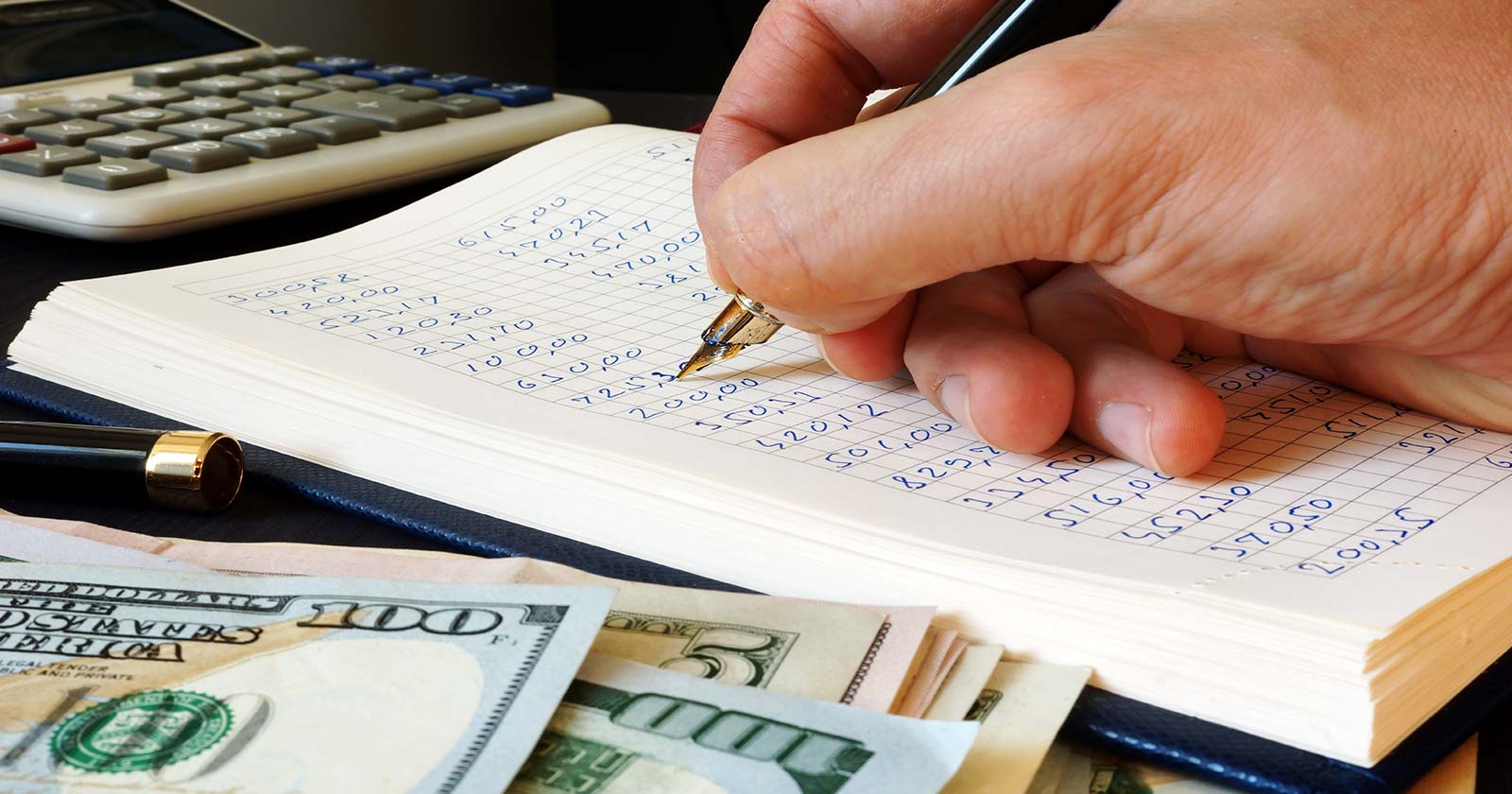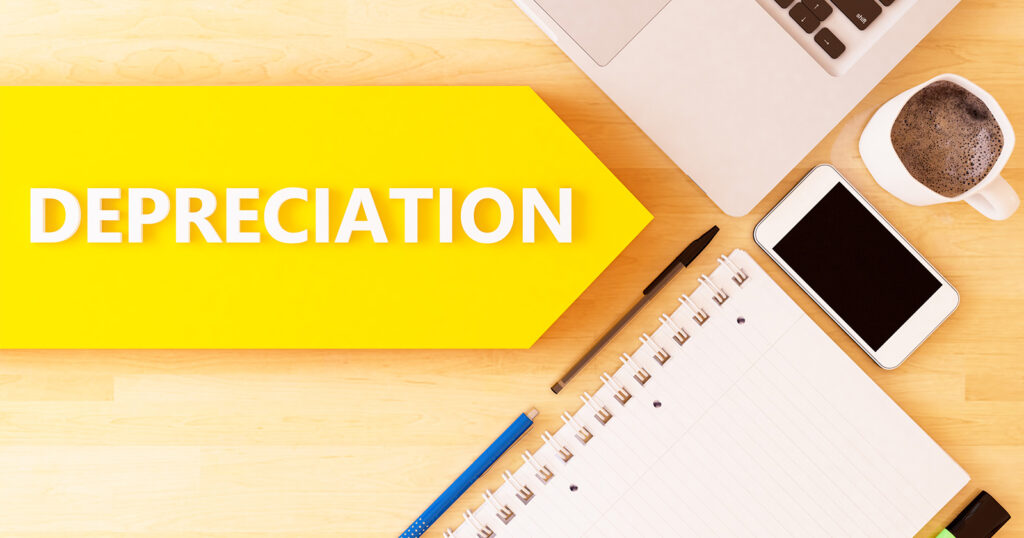As we build up our knowledge and accounting skills, another term that you will become familiar with is the general ledger. It is very useful if you become an auditor or are a business owner who wants to look at individual transactions in the business. Let’s take a look at the general ledger a bit closer.

What is the General Ledger in Accounting?
The general ledger or (“GL”) as most accountants call it, is a database that stores every individual transaction and journal entry. The GL is complete and it covers all accounts.
A good way to think of this is a history of all transactions within a business.
Who Uses the General Ledger? (What is it Used For)
The general ledger has two primary users, business owners and auditors. A business owner can see any specific transaction during the period since there is a complete record. An example would be a business owner who wants to see how much he paid for flour, for his bakery on January 7th. He could open the general ledger on March 9th, look back and see the debits and credits for the transaction.
The second main user of the general ledger is by auditors. During an audit, an auditor may need to understand individual transactions. They may also want to look at journal entries during the year. This is when they will request the general ledger. For many auditors, the general ledger for the year is a standard request in their prepared by client (“PBC”) documents.
Where Can You Find the General Ledger?
In practice, the general ledger is usually exported from an accounting system into an excel file. The file can be huge because it is a complete record of all entries. For a small business, this could be thousands of lines and a larger business could have tens of thousands of lines.
When that is the case, you may need to extract certain parts of the general ledger so it is usable.
The General Ledger vs Chart of Accounts [What is the Difference]
The general ledger stores all the transactions of the account and the journey entries. Compared to the chart of accounts, the general ledger is more zoomed in. As we mentioned when we explained the chart of accounts, the chart of accounts is an overview of all the accounts in a business. It is like a table of contents but you can see every account in a business.
A General Ledger Example: Breaking Down the GL in Accounting
A general ledger shows all the individual transactions in an account. Let’s consider the below hair salon. We’ll look at two accounts of many, checking and utility expenses. It would look similar to this:
| Type | Date | Num | Name | Memo | Split | Amount | Balance |
| Checking -1000 | |||||||
| Deposit | 6/5/22 | Sally Lefie | Paid in cash | -split- | $30 | 2,750.00 | |
| Check | 6/9/22 | 1028 | Ryan’s Rental Corp | Rent | Rent | $500 | 2,250.00 |
| Utility Expenses – 7000 | |||||||
| Expense | 6/12/22 | East Coast Broadband | Internet | -split | $75 | 75.00 | |
| Expense | 6/15/22 | 1031 | Super Power Electric | Electric | -split- | $125 | 200.00 |
What can we take away from this? In the first column, we see the type of account and the type of transactions within the account. Next, we move over to the date and the number of the transaction. It is common to see the number of the transaction if it has been paid by check or entered in for tracking purposes.
We’ll then move onto the name which explains who the transaction too place with and the memo which says what the transaction was for. Split in the general ledger or -split- simply means there are multiple accounts in the entry. The expense to East Coast Broadband would also hit accounts payable.
The transaction would look like this when recorded on 6/15/22.
| 6/15/22 | Debit | Utility Expenses | $75 |
| Credit | Utility Payable | $75 |
Lastly we have the amount of the transaction and the balance in the account. It is helpful to remember that revenue, expenses and dividend accounts are zeroed out at the end of the accounting period since they are temporary.
General Ledger Accounts Examples

So what accounts would you find in the general ledger? All of them. It is a complete record of all transactions in the accounts. Just a few of the many general ledger accounts you might see include:
Assets
- Cash
- Accounts receivable
- Inventory
- Equipment
Liabilities
- Accounts payable
- Bonds payable
- Rent payable
- Wages payable
Equity
- Retained earnings
- Common stock
Operating Revenues
- Sales
- Fees for services
Operating Expenses
- Rent expense
- Wages expenses
- Supplies
- Utilities
- Office expenses
- Miscellaneous expenses
- Depreciation expense
Non-Operating Revenue
- Gain on sale of equipment
- Investment income
Non-Operating Expense
- Loss on sale of equipment
- Interest expense
While the list isn’t comprehensive, you can start to see how the general ledger would be huge. Keep in mind that each business will have it’s own individual accounts. You can’t expect to look at a bakery and a janitor company, expecting them to have the same accounts in a general ledger.
Let’s Recap the General Ledger
We’ve gone in-depth on the general ledger but let’s hit the high points one last time.
- The general ledger is a record of all the transactions in a business’s accounts for a period.
- It is useful to business owners and auditors who want to see individual transactions in accounts.
- The general ledger is different from the chart of accounts since the general ledger shows individual transactions in accounts but the chart of accounts shows an overview of all the accounts.
An Example of the General Ledger – Final Thoughts
You might not use the general ledger much in practice but you should understand what it is and why it is used. By now you should have a good understanding of both of those. If you are still left with general ledger questions, be sure to drop us a comment and we’ll break it down even further!



